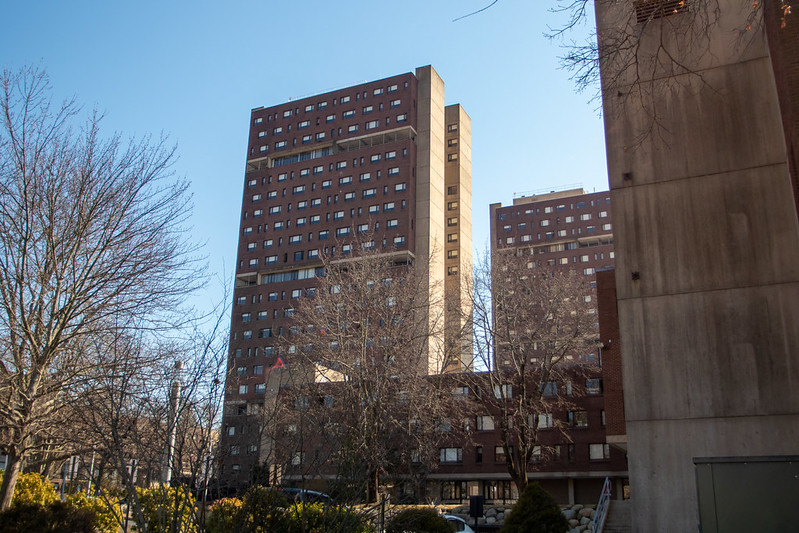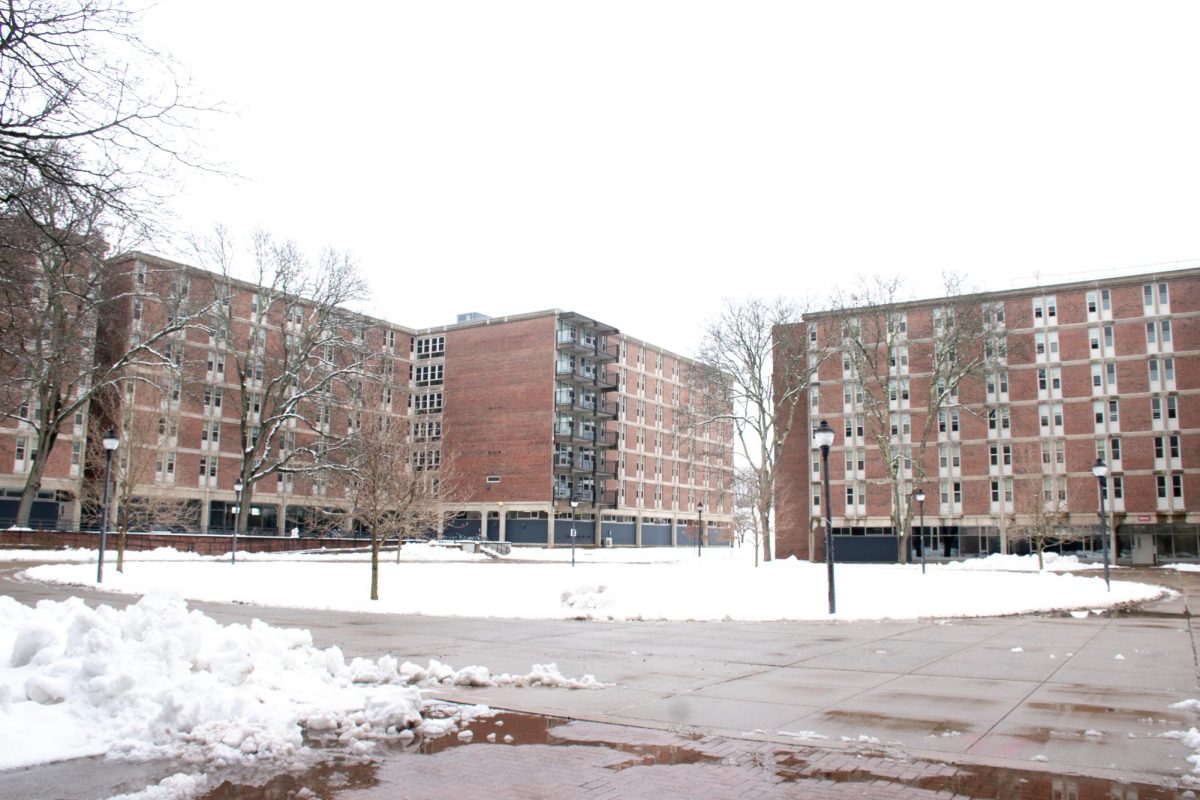I may not be living in Amherst next year, but if there’s one group of people I feel sorry for, it’s everyone who is.
UMass is no stranger to housing crises. In my sophomore year, it was bad enough that our dorm’s common room got converted into a 4-bedroom suite. Although I’m not affected by the housing shortage this year, it seems much worse in every regard. Every underclassman I know faced struggles with securing on-campus housing, even off-campus in some instances, and UMass’ subreddit is chock-full of complaints about how difficult it is to find a place to live next year.
Why is this the case? Although UMass refusing to lower its acceptance rate plays a huge role, it’s clearly not the only reason. Anyone who’s spent enough time off campus around Amherst knows exactly what I’m talking about: there simply isn’t enough housing to fit everyone.
The town of Amherst seems to have it out for high rise buildings; the options for non-luxury housing units with multiple stories are few and far between. The vast majority of apartments here all seem to have the same design: single-family units spread over a large area. This is the case with Puffton, Rolling Green and Crestview, to name a few (not to mention the Townehouses where I live). Would it not be a more efficient use of space if all (or at least some) of the units were stacked on top of one another?
Outside of these complexes, Amherst is populated mainly by single family homes. If you go outside campus, it’s virtually indistinguishable from a small New England town of only a few thousand people. And that’s in places where there’s actually housing built; for the most part, Amherst is relatively empty, particularly up north. There’s absolutely room for more residential units to be built, especially dense ones that extend upwards rather than horizontally.
It’s not just off-campus housing that’s too sparse. It seems as though UMass just doesn’t want to add on-campus dorms to its campus, even though there’s plenty of room there as well, and relatively easy ways to make space for them. For example, a large chunk of space on campus is taken up by massive parking lots, lots which easily could be combined into garages like the one in the center of campus. The recent construction of North Apartments is a welcome one, but they’re simply too expensive for the average student to live in. Freshmen are the most affected by UMass’ housing shortages, so they would benefit greatly from the construction of additional dorms.
If we want to solve the UMass housing crisis and prevent future issues like this, there needs to be a disruption to the status quo, housing-wise. We don’t need more single-story villages, we need buildings that resemble the Southwest high rises. New developments such North 116, Olympia Place and Kendrick Place have helped in terms of adding more living space off campus, but these complexes are also out of the average student’s price range. Incorporating the increasingly large student body means building on and off-campus housing that’s both dense and affordable.
Increasing the housing supply would, incidentally, make housing more affordable by decreasing the demand. Even in cities with a relatively high cost of living like Boston or San Francisco, a higher amount of vacancies leads to lower average monthly rent. Conversely, a lack of vacant housing units is a direct cause of higher rent prices. As Danielle Hale, Realtor.com’s Chief Economist once said, “Without a lot of rental vacancy that landlords are accustomed to having, that gives them some pricing power because they’re not sitting on empty units that they need to fill.” Essentially, a lack of housing options gives landlords the power to price gouge the students and citizens of Amherst.
UMass freshmen need denser housing to be built. Off campus students need denser housing to be built. People who live in the town of Amherst who have struggled financially due to an increase in the cost of living need denser housing to be built. Preventing future housing crises is on not only UMass, but Amherst as a whole.
Will Duffy can be reached at [email protected].




















Peter Luongo • Apr 30, 2022 at 10:30 am
They should have been building more on campus housing or reducing the number of students. Good article….
Alumni and parent.
Albert Singer • May 5, 2022 at 8:14 pm
The best solution to housing and the bigger issue of college costs is to eliminate the 40 credit Gen Ed requirement. Then the 4 year degree can be completed in 3 years and now you reduce costs and housing needs by 25% without having to build anything.
Joe • Apr 28, 2022 at 5:14 pm
The author of this piece definitely reads the neolib subreddit. Down with NIMBYism!